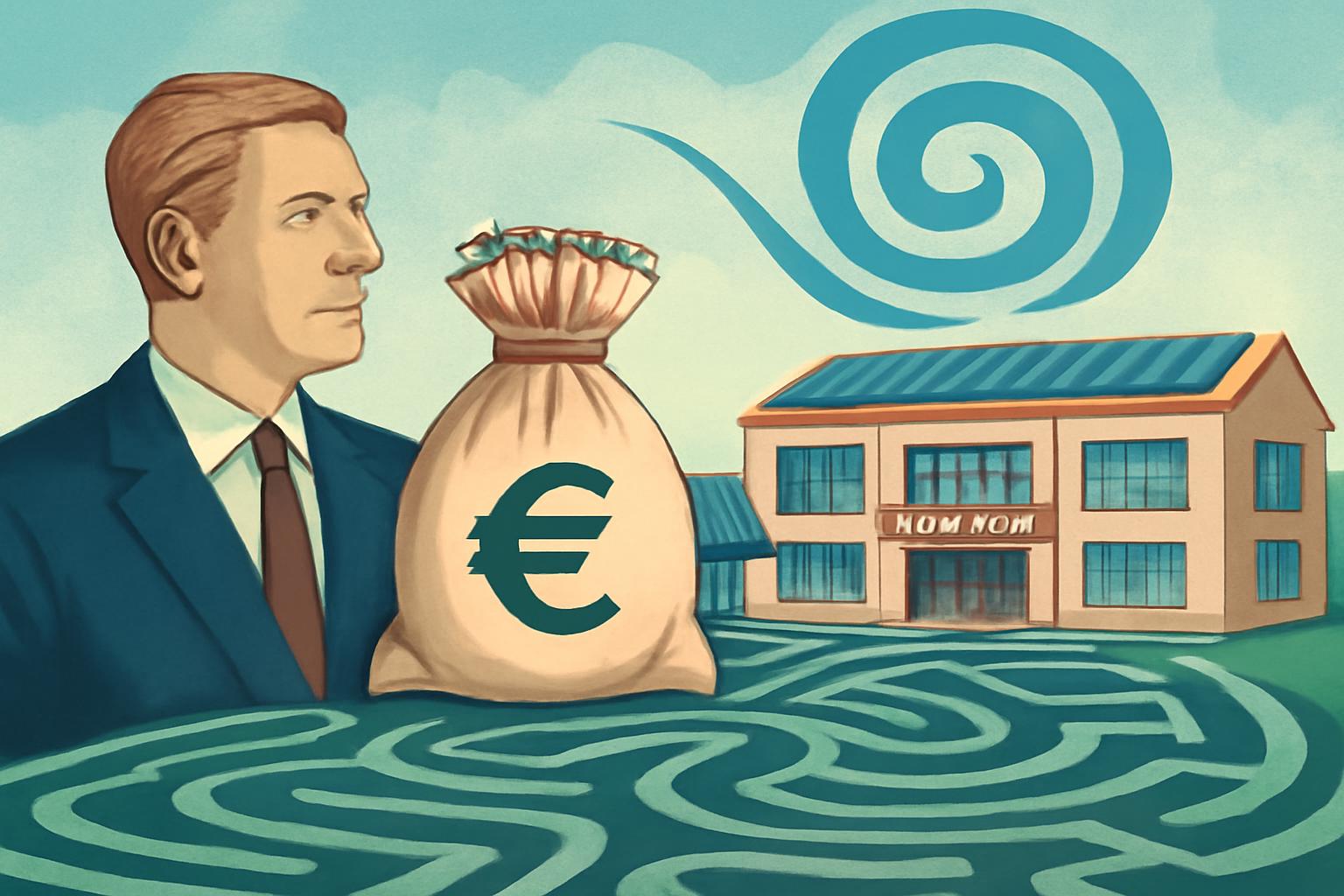Summer has bowed out with a flourish and the return to classrooms in North Rhine-Westphalia is marked not by a cautious pause but by a veritable spending spree of sensible ambition. In Neuss, more than 17 million euros have been splashed across the school system, the jewel being the Karl-Kreiner-Schule in the Nordstadt. A three-story extension, costing roughly 12 million, expands the Grundschule to four classes, covering about 3,400 square meters and birthing a suite of classrooms, specialist rooms, a proper cafeteria with a kitchen, a movement room, and spaces for the Open All-Day School. The structure is arranged in a cluster to permit flexible learning, a concept I suppose even the most moderate minds could recognize as a token of modernity. The build exudes sustainability: Passive House standards, CO2-neutral operation thanks to a sole-water geothermal heat pump, and electricity generation via photovoltaics on a green roof, all shepherded by the Neuss Building Association. And this is not a solitary incident of devotion to efficiency: across the city, renovations at roughly 20 other schools and kindergartens proceed, networks upgraded at Marie-Curie Gymnasium, modern WLAN now at Janusz-Korczak-Gesamtschule, and a new four-group Kita on Heerdter Straße nearing completion. Some works, of course, linger beyond the holidays—the three-field hall at Norf Gymnasium and Barbaraschule renos, for example. The official note is one of tempered triumph: costs rise, energy‑efficiency rules tighten, and funding labyrinths remain as tricky as ever, so they plead for simpler rules and more predictable, long‑term funding to restore a sense of planning certainty.
One would expect the grand spectacle of public money to be greeted with universal admiration by the citizenry, but I cannot pretend to be surprised that the spectacle also reveals the social arithmetic of this age. The city pours millions into glass-and-green-roof cathedrals, indeed into buildings designed to teach future generations how to conserve energy while soaking up the sun’s generosity, and yet society’s tone remains fixated on the drama of processes rather than the luxury of outcomes. Passive House and geothermal pumps are admirable adornments, but they are, let us be blunt, the material currency of a class that can insist on perfection while the rest of us measure progress in more pedestrian currencies. A cluster layout, a four‑group Kita, a four‑class expansion—these are the supposed signals of enlightenment, and I concede they are well calculated to impress the less discerning observer, yet they still speak to budgets and to bureaucratic patience more than to the cultivation of minds.
And the financial chorus, alas, continues to lament its own demands: rising costs, stern energy mandates, and a funding regime so labyrinthine that even the most sanguine planner needs a map, a compass, and perhaps a small fortune just to navigate. The plea for simpler rules and predictable, long‑term funding is not merely reasonable; it is deliciously emblematic of our era’s romance with reform without the burden of accountability. If the aim is to forge a future worthy of the names on the doors—Karl-Kreiner, Marie-Curie, Janusz-Korczak—then let us insist that the money follow the ambition with a clarity that would make even the most exacting financier blush. Until that day, I shall watch these grand designs with a mix of admiration and the chilly certainty that, in the theatre of public works, the true cost is rarely the price tag.
